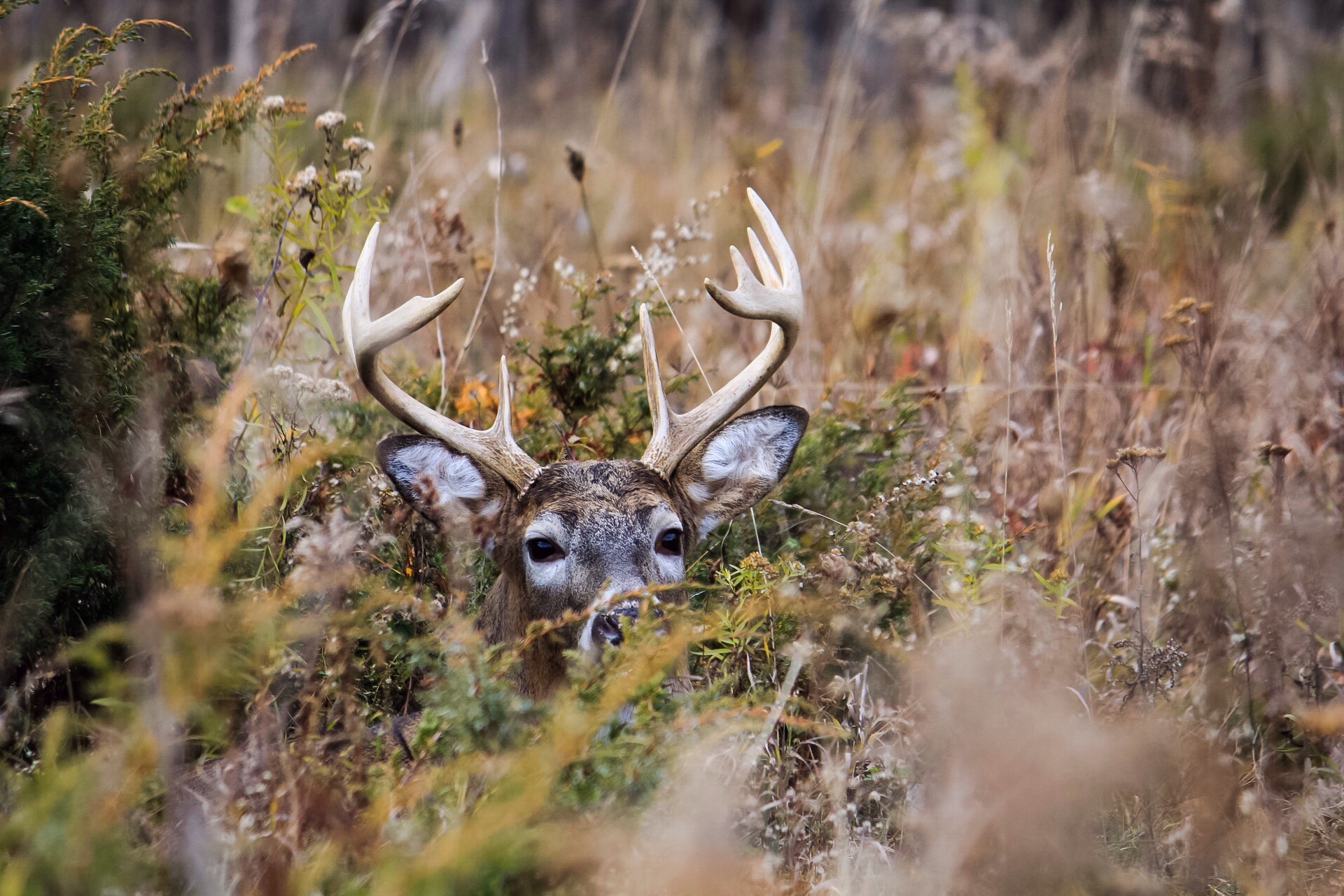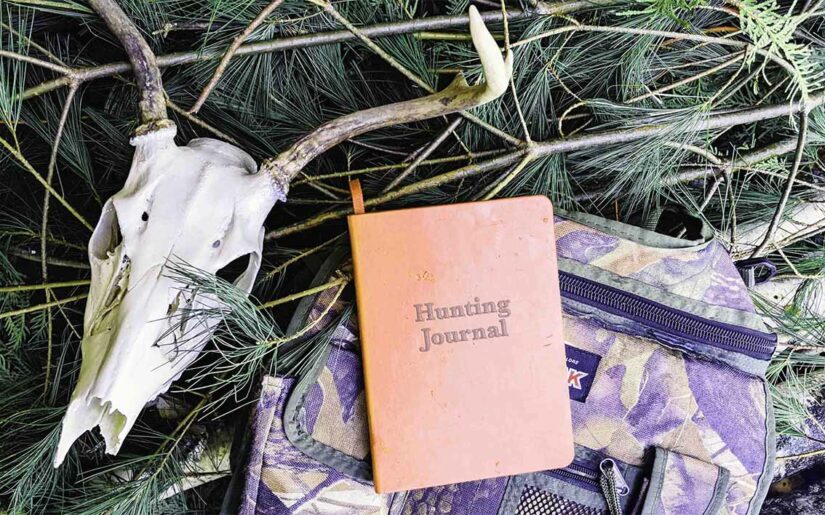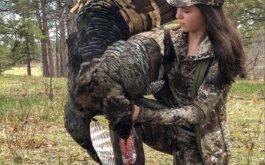As a hunter, your goal is to keep working towards a more successful hunt. After all, having a successful hunt means that you can improve your skill, improve your technique, and fill your freezer! Using the right equipment, knowing your weapon, and keeping a hunting journal are three strategies that you can use to help up your game. In this article we’re going to talk about the latter. Keeping a hunting journal allows you to keep track of past hunts so that you can optimize in the future. We’re going over some great tips to help you use your hunting journal to ensure a successful harvest every time.
What’s a hunting journal… and why keep one?
A hunting journal is a record you keep of your hunts. Why would you want you want to do that? Well, having a record of your experiences allows you to recognize patterns and observations that may have led to successful, or even unsuccessful trips. Hunting journals are essential to developing insights and to being great at what you do! Here’s the thing: it’s hard to know where you’re going if you don’t know where you’re coming from.
A hunting journal allows you to be successful in hunting big game (like whitetail), upland game (like grouse) and migratory birds (like duck), as you can keep track of a number of factors. You can use real-world observation — and pair it with scientific research — to unlock the ultimate hunting strategy in your hunting area!

A great example of this can be found in The Effects of Wind on Whitetail Movement. Many hunters believe that whitetail do not move great length on windy days – and this may be true for deer in certain locations with certain terrains. Contrary to this, the scientific research suggests that there might be more to this topic and that windy weather, especially at night, can trigger an increase in movement. So which school of thought is right? This is where years of documented hunts, tracking things like weather conditions and wind speed comes in handy. Scientific research is great, however nothing beats your real-world observations of the deer that are local to your area.
What to include in your hunting journal
What you record in your hunting journal is just personal preference. However, here are a few things we recommend keeping track of in your entries:
- Dates
- Weather conditions such as temperature and precipitation
- Time of day
- Locations
- Areas of animal activity
- Areas of animal sighting
- Direction animals are coming from
- Rutting activity (fighting, grunting, rubs and scrapes, etc.)
- Wind speed
- Any unique memories from the hunt
You can even get more thorough by including detailed maps of your locations and routes, entry and exit points, foliage, and terrain.
How to keep a hunting journal
Just like what you record in your hunting journal, how you record it is entirely up to you. Some hunters keep a small notebook on them during a hunt to ensure they capture every detail, while others commit it to memory and jot it all down at the end of the day. Whether you keep your notes electronically on a computer or on a phone using an app like Trophy Tracks or choose to use good old fashion pen and paper, the important thing is to be consistent. The more data you have to work with, the better. Gathering enough data to provide trends and insight takes time, so start right away. It’s better to have too much information than not enough, and you can refine your approach over time.
—
We all know that there’s more to being a successful hunter than just sitting in your tree stand, weapon in hand. Having a successful harvest takes practice, patience, and strategy. Keeping a hunting journal is a key part of that hunting strategy you don’t want to miss. Hunting doesn’t have to be a shot in the dark (we mean this figuratively, of course). Improve your chances by fully understanding what went right (or wrong) each hunt and continuing to build from there.











